In an exclusive chat with Bello Abdullahi, an experienced fish farmer based in Kaduna, Nigeria, Smartpreneur got insights into how to start a successful and sustainable fish farm and the minimum capital required.
Bello is a Smartpreneur Triber and a graduate of Fishery and Agriculture from the University of Zaria, Nigeria. He started fish farming from his little personal savings back in 2018, combining his meagre capital with the knowledge he acquired in the university and the advice he got from experienced fish farmers. Like most fish farmers that are just starting out, Bello began with 100 catfishes in a plastic pond. Now, he has 4 ponds with over 2,000 fishes.

If you are wondering why catfish farming is very popular with fish farmers, Bello explained that “It is more disease tolerant and [there is] ability to utilize different types of feed. Catfish can stay without water for 48 hours. Tilapia on the other hand is more fragile. Growing Tilapia requires more expertise.”
Here are the notable points and excerpts from our chat with Bello Abdullahi on catfish farming, pricing, the value chain, expectations and more.
Required Capital
When starting from scratch, a catfish farmer would need about N70,000. This amount covers the pond, fish and feeds.
READ ALSO: How To Cash Out With A Catfish Business In Nigeria
Pond
Bello advises that anyone venturing into fish farming should consider plastic and tarpaulin ponds since they are convenient for changing pond water and are relatively affordable. “For [a] plastic pond, the price depends on the location. For instance, in Lagos, it is sold for about N35,000. This is the 1000 litre capacity pond that can contain about 150 fishes.” Bello added that plastic ponds or tanks come in only one size, generally ranging from N25,000 to N35,000.
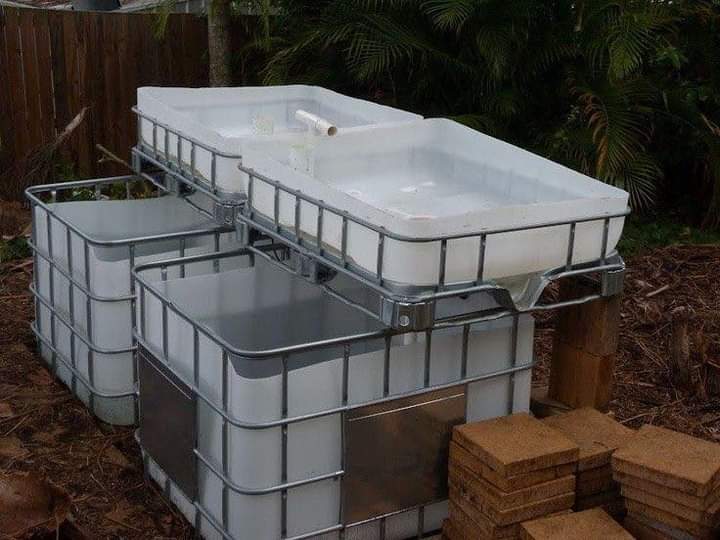
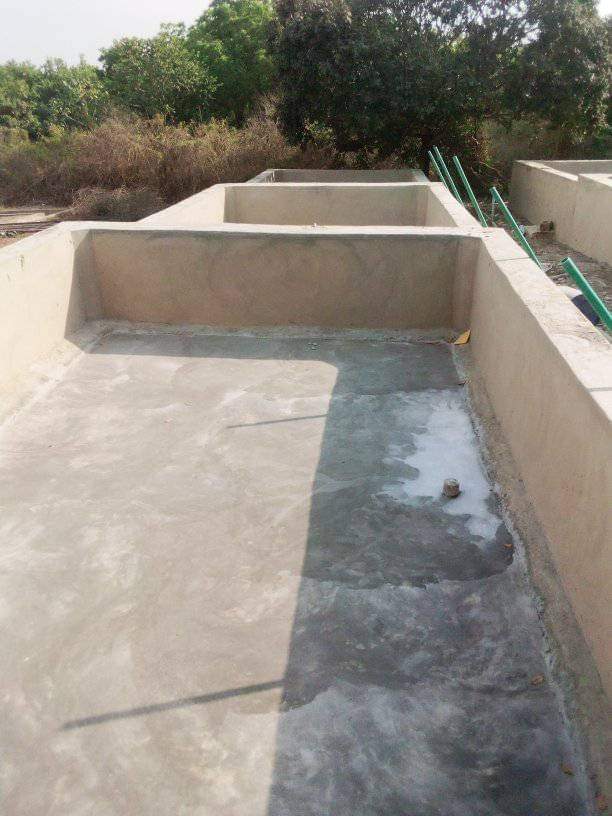
Fish
When it comes to buying fish, the farmer said that it is not advisable to start with fingerlings as they are fragile and require a farmer to change the water frequently. If this process is not meticulously done, the fingerlings can die. He stated however that fishes in their juvenile stage are more resistant. “It is better to start with jumbo or juvenile [fishes]. These are preferable to fingerlings that are too young. Catfishes are not easy to manage when they are very young; it requires expertise. However, when they are at the juvenile or jumbo stage, it is easier for someone who’s just starting. In some places, juvenile or jumbo catfish is sold for N50 and in other places, N45. When you go down south like [in] Delta state, Port Harcourt, or Lagos, it is way cheaper. It could be bought for as low as N25. In the east, they are also very cheap but in Northern Nigeria, people aren’t really into fish farming and there are fewer hatcheries,” Bello said.
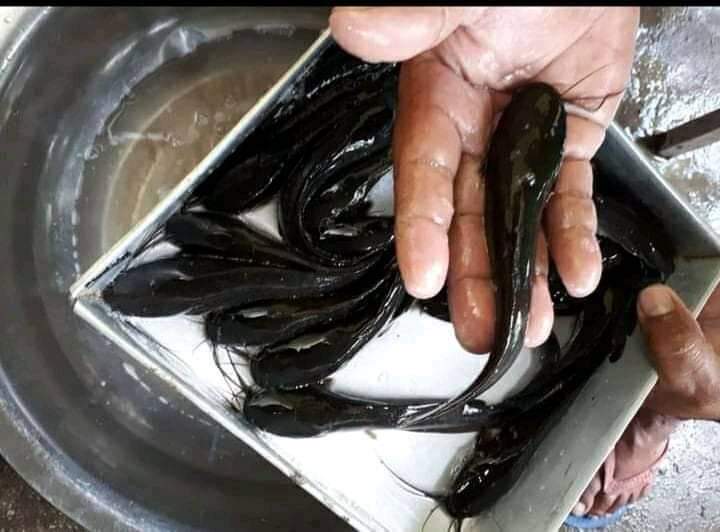
Regarding the number of fishes to start with, the Kaduna-based farmer said that it is better to start with 100 to 200 young fishes as starting with more than 200 requires more time and effort, and this might not be the easiest thing for a new fish farmer. “Fish farming requires you to constantly check and monitor the fishes,” Bello added.
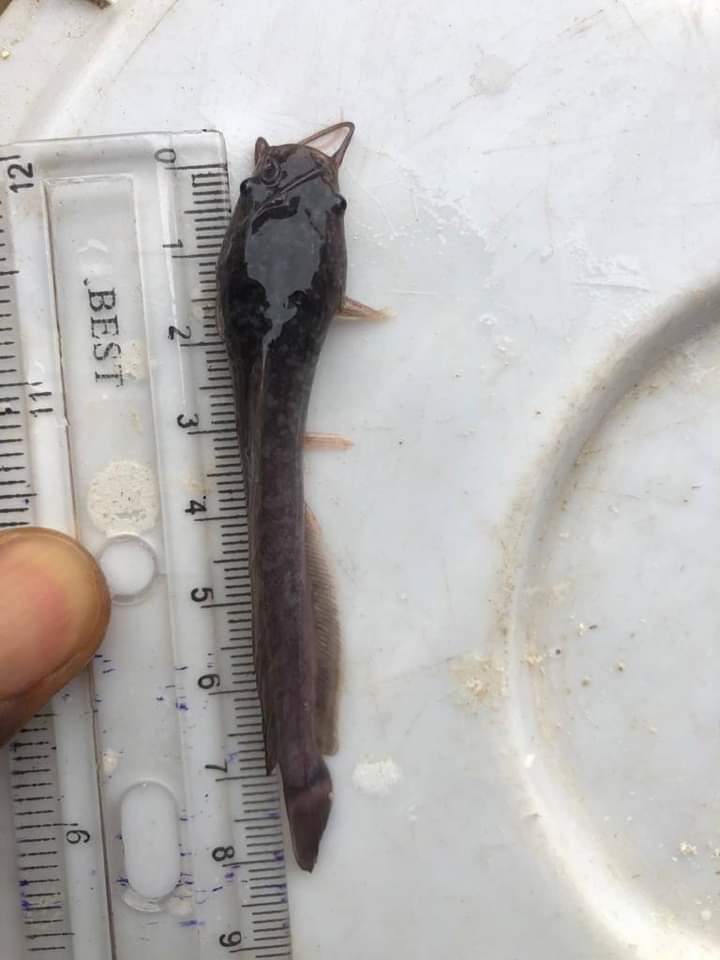
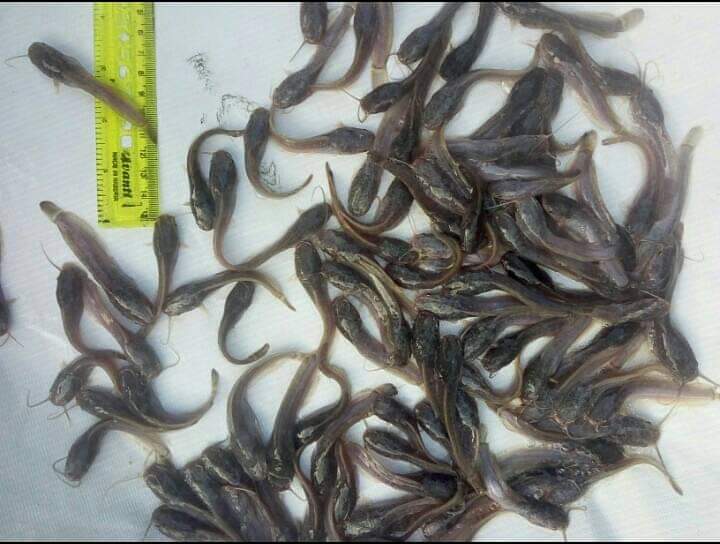
How and where to find good fish seedlings
“Look for successful and experienced fish farmers near you, preferably the ones with 3 to 6 years experience. Consult them and seek their assistance so that they can guide you on where to find good, young fishes. Also, there are some commercial and reliable fish hatcheries in every city in Nigeria so you can reach out to them for advice and guidance,” Bello said.
Feed
In fish farming, feeds make up 70% of the expenses. There are various brands of feed with different qualities. The choice of feed is crucial when fishes are young because they demand more nutrients for growth. Bello recommends brands such as Coppens and Aller Aqua. These feeds have the nutritional components that young fishes need. “The price of the Aller Aqua feed ranges from N15,000 to N17,000 per bag. Currently, feed is expensive because of the high cost of production. The cost of ingredients, such as maize, soya beans and groundnut, used to prepare the feed have risen. Blue Crown is another brand. It costs about N12,500,” Mr Abdullahi disclosed. He also emphasized how the cost of feed has increased exponentially within a short time. “Blue crown which is now N12,500 was about N5,000 per bag just two years ago.”
READ ALSO: High Inflation: How Nigerian Businesses Can Cope
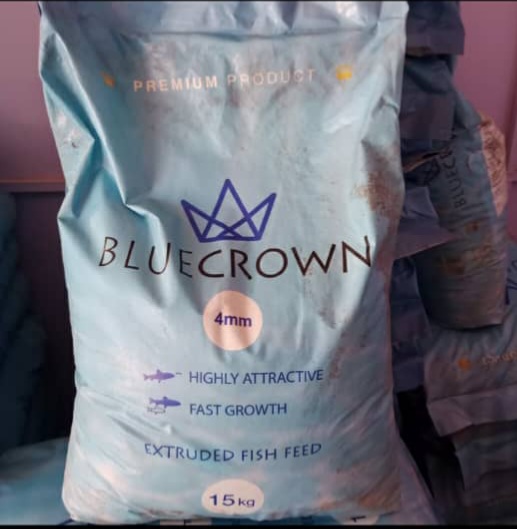
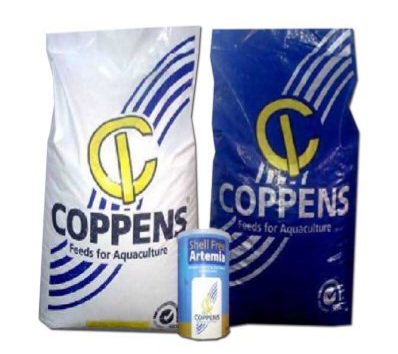
Cheaper feed options
For those who might be slightly discouraged by the cost of feed, Bello said, “The feeds I have mentioned thus far (Aller Aqua, Coppens and Blue Crown) are foreign but there are locally made feeds that are relatively affordable. I know some farmers who are using the local feed[s] but honestly, the nutrients are lower in such feeds when compared to the foreign brands. So when the fishes are young, one can begin with the foreign feed then later switch to local when the fishes are 3 months old and their growth wouldn’t be affected.”
Local and cheaper catfish feeds include brands such as Aquabel and Prodave. These feeds range from N4,800 to N9,000 per bag.

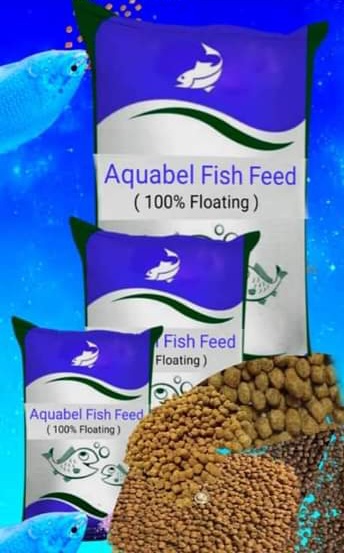
How to sell
Prices will differ depending on whether you’re selling retail or wholesale. For retail, the price fluctuates in the market and this might affect your profit margin. Also, it would take a longer time to sell all that you have in stock if you are selling them one at a time. Selling all at once, in bulk, is better according to Bello.
When it comes to profit-making, the fish farmer warned that newcomers in the business should not expect to make huge returns at the earlier stages. Instead, they should look forward to earning more after one year. Farmers can also add value to their harvest by smoking the fishes before selling them. Smoked fish is more profitable than fresh fish.
The best time to spread the word about your catfish business
“Start promoting your fish farm from the get-go. Do not wait until you harvest to spread the word that you have catfish available for sale. This is very important because adult fish consume more feed, [and] so it is best to harvest, smoke and sell [them] once they are mature,” Bello emphasized. If a farmer can’t keep up with the feed demand, cannibalism begins to set in among the fishes. The more you keep them as adults, the more money you would spend on feeding them.
Best practices
- Constant water supply is a must-have for fish farming and the best sources are boreholes, wells or rivers. According to Bello, tap water is not recommended because of its chlorine content. Pure water sources are better since they do not naturally contain chemicals that can harm the fishes.
- Monitoring is an essential part of raising fishes. Always check the water temperature, pH, and dissolved oxygen level. Change the water regularly to ensure that it is clean and fresh. “When the fishes do not consume the feed, it will dissolve in the water and contaminate it. The feed contains groundnut and soya beans and they have oil, so the colour of the water changes while the oil stays on the water surface. This prevents oxygen from getting in and eventually suffocates the fishes. My advice to anyone rearing fish, either in [a] concrete pond or plastic tank, is that they should change the water every two or three days minimum when the fishes are young. Some farmers even change the water daily.” Feeding fish is best 3 times daily and you can do it twice a day. During harmattan, fish don’t eat much feed because of the cold weather. Therefore, it is very important to give them feed around noon.
- Another important thing is to feed the fishes at the right time. Catfishes are cannibals, when they aren’t fed adequately and frequently, they could resort to eating one another.
- Stay vigilant. Naturally, catfish are aggressive, but when you observe that they are not moving in the pond, then something might be wrong. Another way of knowing that something isn’t right is when you see them gasping for air with their heads raised and their mouths open in need of oxygen. When you notice that your fish isn’t in the best shape, the first step is to drain the water and sort them; separate the affected ones from the healthy ones and then administer antibiotics. Bitter leaves can be introduced as a first-aid remedy. “You [should] extract the juice from the leaves and put [the extract] into the fish pond by reducing the normal level of the water. Do this before going to get the medication such as antibiotics like Aquaceryl, Gendoxin and Tetracycline. Mixing the drug with their feed is the best approach. Biosecurity measures are also important to protect your fish from the risks of disease outbreaks.”
Based on everything that has been covered, venturing into fish farming should be less daunting. By following these tips and expert advice, your fish farming business would end up being successful as fish don’t have a high mortality rate like poultry.


